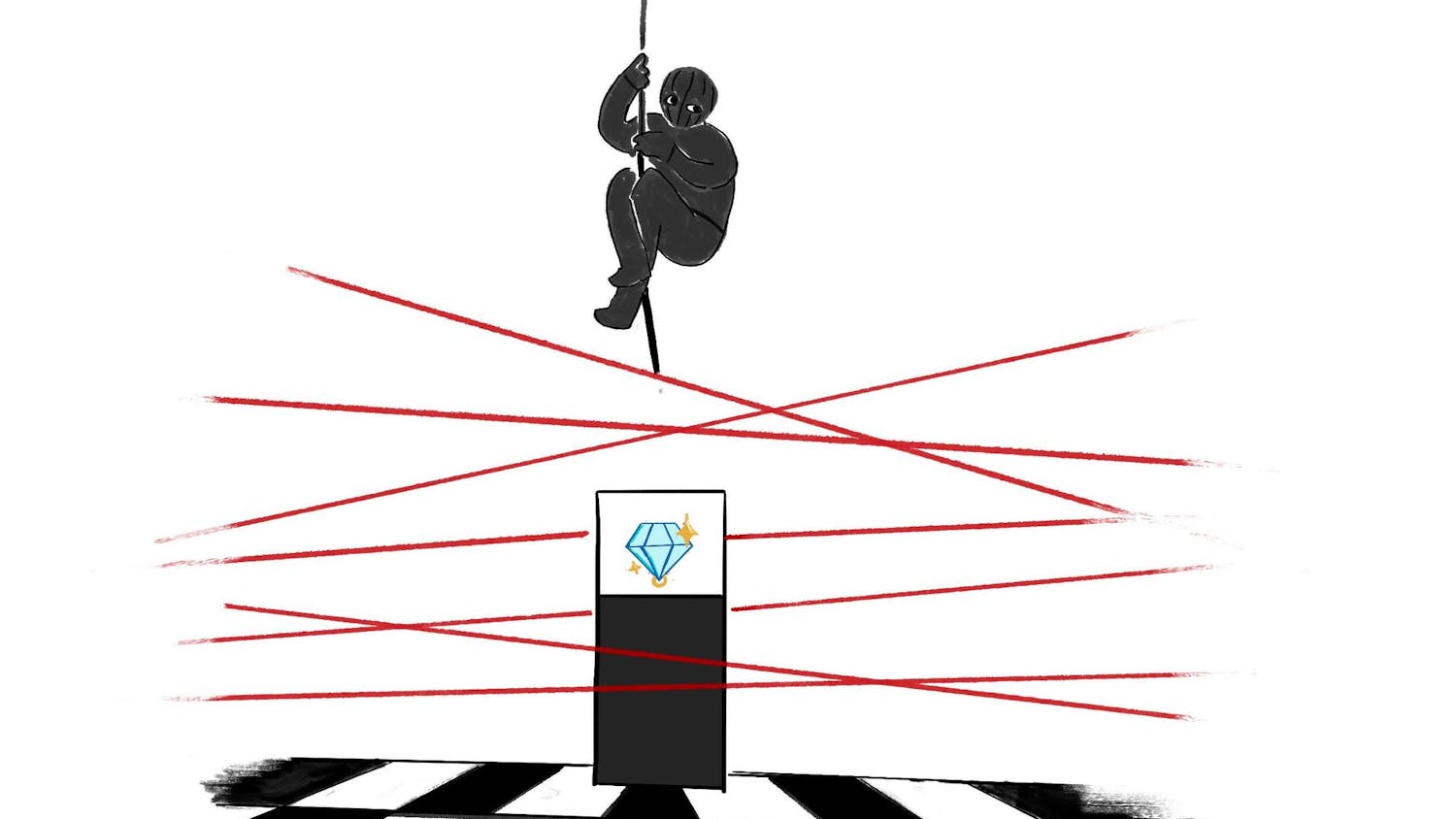With the first three female students walking across The Plains and being admitted to Auburn University in 1892, 127 years later the gap between male and female leadership only seems to be widening.
“We need more women leaders in every single facet of the world, and the United States lags in many ways behind a lot of other countries,” said Barbara Baker, executive directive of Women’s Leadership Institute.
The Women’s Leadership Board has been a part of Auburn University since 2008, which started with an international conference that brought women leaders from all over the world to Auburn. This board became the first institute in the Southeast that supported the Center For American Women in Politics.
“For 125 years, only three women have served as SGA presidents, so for us to get the fourth this year is amazing because it so rarely happens,” Baker said.
She said this is because Auburn started as a male college.
“The leadership of Auburn University at the top is still very male,” Baker said, “We’ve never had a women president. We rarely have a women provost, and most of the upper leadership is male.”
Baker said it is a slow process to incorporate women into positions of leadership especially in STEM careers.
According to National Center for Education Statics, only 35.1 percent of women earn their Bachelor’s in all STEM fields, and this percentage is even smaller for women of color.
“Coming from the perspective of leadership, what you’re missing is that you’re not seeing women actually leading the big institutes or big medical schools or even Auburn,” Baker said. “We want to attract women to STEM, but we don’t have a woman sitting in COSAM or leading COSAM.”
Since mostly men are seen in positions of power, especially in the STEM field, Baker said women can start to believe that men may be better because that’s what they’ve always seen.
In an updated study by Ryan Noonan about women in the STEM field, 24 percent of those employed in STEM occupations are women. Women of color make up less than 10 percent of working scientists and engineers according to the Nation Science Foundation.
“Part of the problem is and it’s a cliche, but you can’t be what you can’t see,” Baker said. “We’re almost to the point in this country where we probably need to go ahead and, if you have equal candidates, go ahead and prefer women because we have to break through these boundaries.”
Auburn University is in the position now where it can move the needle by pulling in some women leaders at the top, she said. However, it is to note that the wage gap around leadership is still a reality.
“We did a study where we compared women full professors at historically black universities and male full professors at predominately white institutions, and the white institutions are paying their white professors 44 percent more, over $40,000 more,” Baker said.
There is still work that needs to be done in order to pave the way for women to be in leadership on and off campus, she said.
Do you like this story? The Plainsman doesn't accept money from tuition or student fees, and we don't charge a subscription fee. But you can donate to support The Plainsman.




